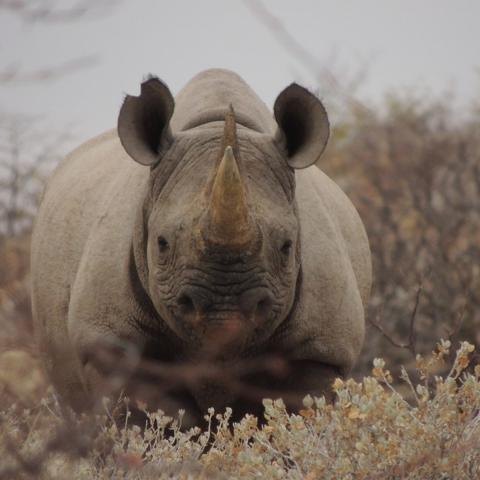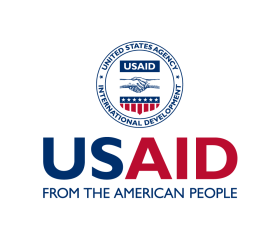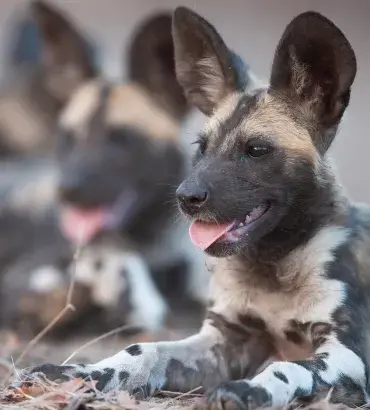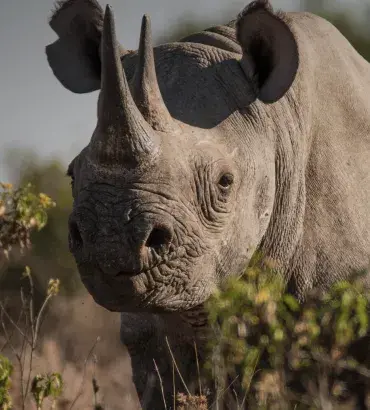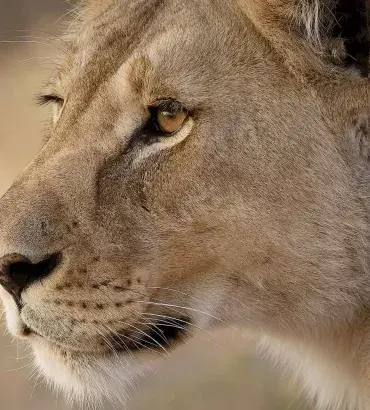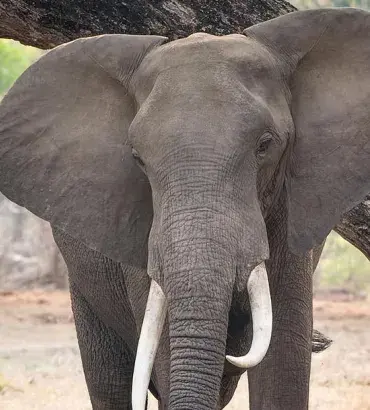Southeast Lowveld
Zimbabwe’s Southeast Lowveld region, located within the Savé and Limpopo Valleys, is a critical landscape for black and white rhinos, wild dogs, lions, and elephants. For these populations to thrive, they must overcome threats including poaching, human-wildlife conflict, and unsustainable mining.
We began working here in 2001. Our history in the landscape includes an ambitious strategy designed to build community resilience and safeguard biodiversity:
- Maintenance of ecosystem integrity, with viable populations of AWF’s focal and other species
- Cross-border collaboration in service of conservation objectives
- Progress toward a vibrant wildlife economy
- Human-wildlife coexistence
- Improved community access to natural resources for sustainable use
- Support for community livelihood projects
- Support with funding for grants to support species conservation including African wild dogs, lions and other carnivores, and rhinos in the Savé Valley, Limpopo landscape
AWF in Action
Helping Keep Poachers At Bay
Ivory and rhino horn poachers operating in the landscape are backed by international trafficking networks and possess sophisticated weaponry, communications, and tactics. To support these critical populations, we have helped to strengthen the Savé Valley Conservancy's operational efficiency and management. Better rhino protection benefits other species and the habitat as well.
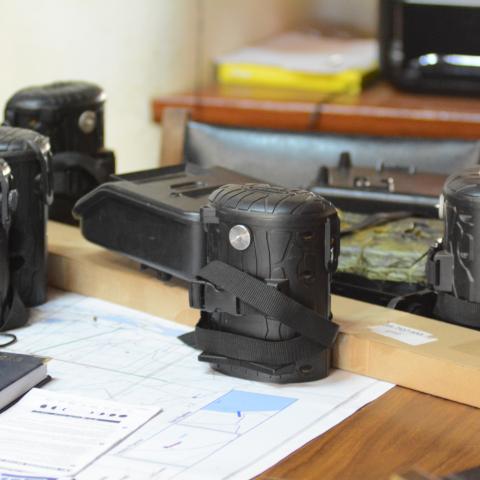
Conserving Rhinos in the Savé Valley
The private conservancies of Bubye, Savé, and Malilangwe host the largest population of black rhinos in Zimbabwe, with over 300 animals combined. We have supported rhino monitoring and landscape management. In 2021, we provided funding and strategic support for the landscape’s first rhino audit.
